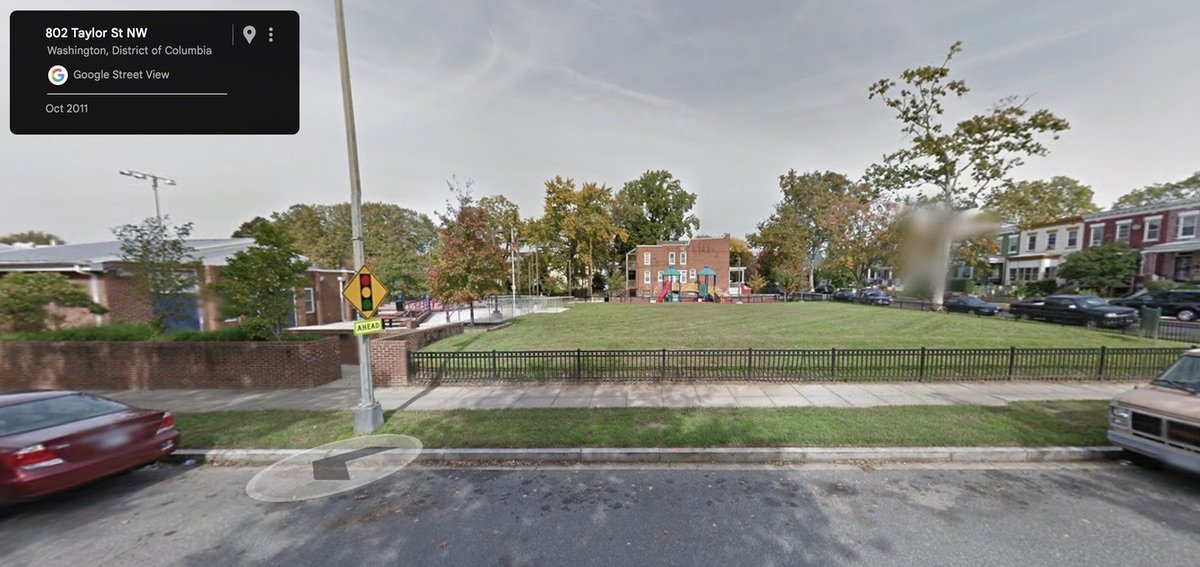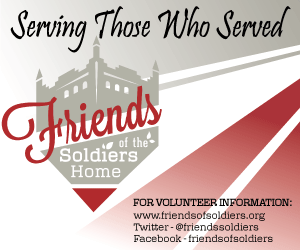Roosevelt teacher helps students see value of math classwork outside of school
/Roosevelt High School Teacher Chris Olson and some of his Geometry students. (photo courtesy Chris Olsen)
Christopher Olson believes in showing his students how the subjects they learn in school translate into the world outside of the classroom. Olson has been teaching in DC for six years, and is in his second year at Roosevelt High School as a Geometry teacher for 9th and 10th grades. To get his students that real world experience, he turned to the community for support.
His first year at Roosevelt was during Covid and was virtual, which like for everyone involved, made it a very weird first year at a school for a new teacher. “Man, that was something else,” Olson said. “Teachers had to get really creative, really quickly. The willingness and ability of the school admin to be as supportive as they were made it successful. Their perspective was, ‘What do you need, how can we help?’”
Now back in school for in-person classes, Olson began looking for “real world” examples of how geometry impacts our lives. His background before teaching was in construction, and he knew that teaching students to use Land Survey Kits would create a direct correlation for their classwork.
“A Land Survey Kit is the transit heads, tripods and measuring sticks,” Olson said. “If you’ve ever seen the people on the side of a road, peering through something on a tripod, that’s it. They’re used to doing elevation surveys, boundary lines, and more and apply to trigonometry and geometry in three dimensions.”
Stock photo of a Land Survey Kit being used.
Stock photo of land survey tools being used.
“I was in a manual labor field in my past, doing construction and landscaping. I used Land Survey equipment in the past, working alongside heavy machinery operators to level areas so construction can happen,” he said. “I’m not interested in proving triangles or the Pythagorean theorem with my students using these Kits, but helping them understand how math is used.”
Having real world examples of their classwork in the workplace is a huge benefit, Olson said. “I want to get my kids to experience the problems and work out the solutions, and get their hands dirty along the way,” he said. “It opens opportunities for the students — if college is not something in their future at the moment, seeing how geometry is used in various jobs gives them a view into a successful trade. Afterall, math is something you do, it’s not a paper-pencil problem.”
Students learning how to use a Land Survey Kit (photo courtesy Chris Olson)
The challenge for Olson, like many many schools around the country, is a lack of funds to acquire the Survey Kits. So he first posted a fundraiser on the Donor’s Choose website to see if he could raise the funds, but it was very slow going.
“Geometry is an extremely applicable subject, but it can be difficult to provide students with the opportunity to apply the concepts they are learning to real-world situations while sitting at a desk,” Olson wrote on the fundraising site. “These survey kits will provide students multiple opportunities throughout the year to apply many concepts — some simple and foundational, some complex, but ALL relevant.”
As the deadline to fund approached, he was concerned he might not make his goal, he sent an email to the 16th Street Heights listserv (the neighborhood where he’s lived for three years) to see if he could raise the funds to purchase five Kits. The response was immediate. Along with his 16th Street Heights neighbors, a local Masonic lodge, Federal Lodge #1, got involved and helped Olson reach his goal of $2,682 in only a week.
One of the Masons wrote about the benefit of Olson’s project and how it could impact the students, sharing his own childhood experience:
“When I was a senior in high school my math teacher decided to try something different in an attempt to teach us dreaded trigonometry. After a week of the basics of trig, he divided the class into teams, gave each team a transit, tripod, rod and surveyor’s rope along with a set of problems. We spent the first four days of each week working on the problems in the field. At the end of each week we gathered in class to discuss our answers and techniques. The problems included figuring the height of the bell tower at a church down the street, the distance from the school’s front door to the entrance of the shopping center across the highway, etc. To this day I can remember much more about trig than I ever would have sitting in class. This is a wonderful idea and will make learning much more meaningful and relevant to the students. If I can remember a high school class I took 57 years ago, I’m sure it will make an impression on this teacher’s students.”
While it’s unfortunate our schools don’t have the funds to provide teachers with unique ways to educate, it’s amazing that our local community came through so quickly. Now Olson’s students, 35 in two classes, will have the chance to learn using the tools based on their geometry work.



















